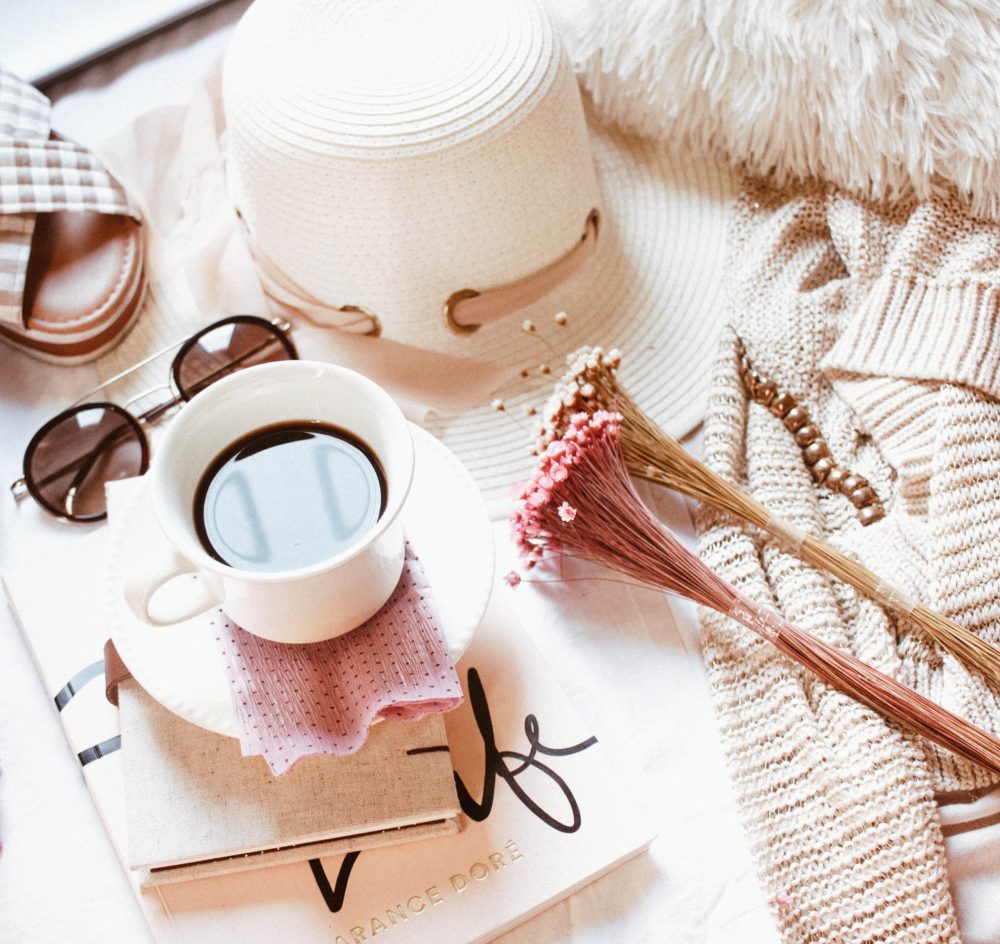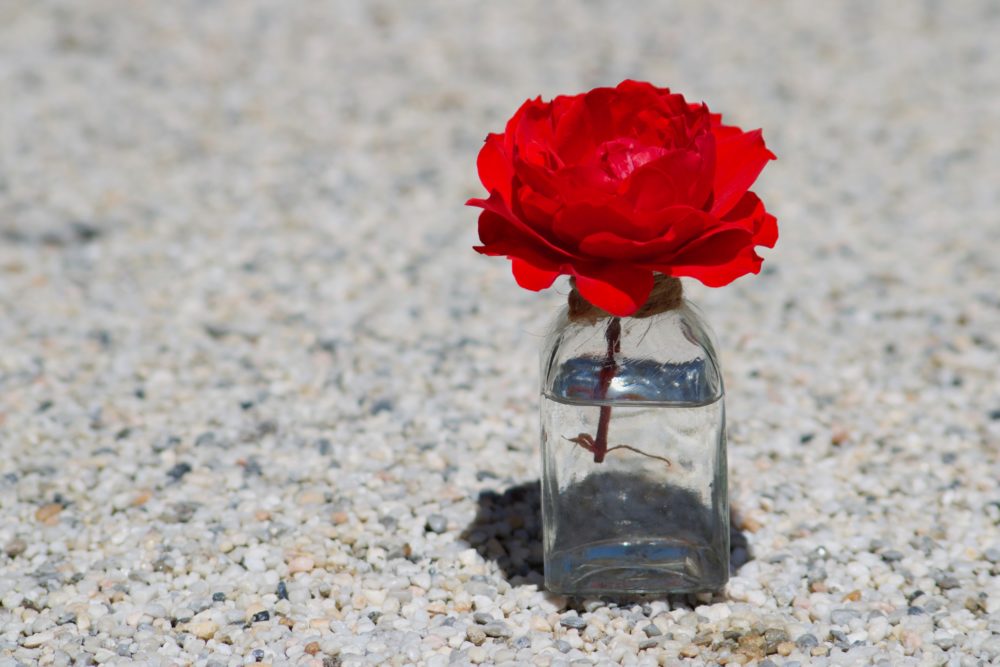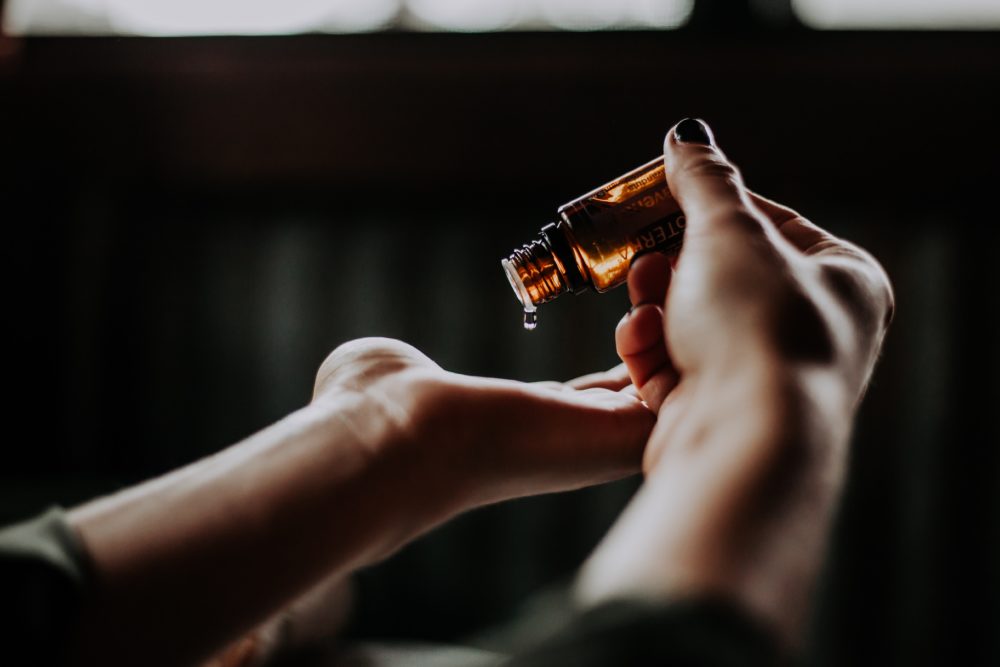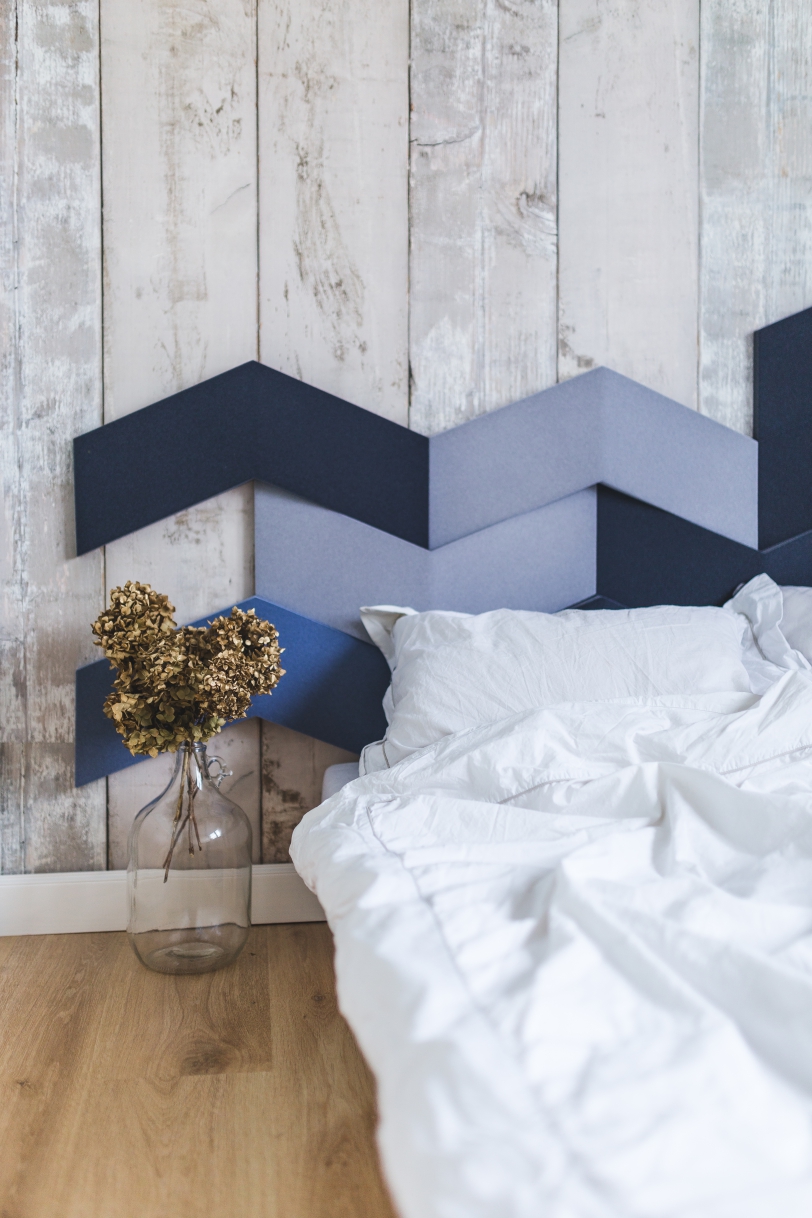If you’re as in love with natural beauty as we are, there’s a good chance that you’ve tried your hand at DIY fragrance using essential oils–and as most of us fragrance blending dabblers can attest: creating a gorgeous DIY fragrance is easier said than done!
Crafting your own personal blend gives you something unique to you (which is especially nice if you’re tired of the best-selling commercial fragrances that everyone seems to own)! But it may take some trial and error to create something that you actually want to wear.
While there is no shortcut to developing your talent as your own personal perfumer, there are a few tips and techniques to help you get started. Roll up your sleeves, perfumers!

Did you know–there are fewer living professional perfumers than there are astronauts who have been in space?!
Gather the right ingredients.
You will need:
at least three essential oils (for top, heart, and base notes–see below)
an unscented carrier oil (fractionated coconut oil makes a great, long-lasting base that doesn’t interfere with your fragrance; jojoba oil works, too)
pipettes to measure the essential oils
sterile glass roller-ball bottles (dark glass is best; it protects your fragrance from UV damage)
Do a little research on fragrance notes.

With the exception of single-note fragrances, perfumes are crafted with the following structure in mind:
Top notes (the notes you smell most strongly as soon as you apply the fragrance; these evaporate the quickest and sometimes do not even last longer than twenty minutes).
Examples: grapefruit, lemon, lime, orange, spearmint, verbena
Heart or middle notes (these are the “personality” of the fragrance and emerge after the top notes have faded; these last a good while, in the ballpark of two to eight hours, depending on formulation).
Examples: cardamom, cypress, geranium, juniper, rosemary, nutmeg
Finally, the base notes help “fix” a fragrance–they are like a “grip” for the heart and top notes (you will catch hints of these as the fragrance develops and may smell them most distinctly during the final “dry down” of the scent before it’s completely gone).
Examples: cedarwood, clove, frankincense, patchouli, vanilla, vetiver
To create a fragrance that blooms and evolves throughout the course of the wear, aim to include notes from all three categories.
Get inspired.
You may not have to look far for inspiration. The outdoors is a great place to get started. Perhaps there’s a dark, mysterious forest you’d like to pay homage to with some beautiful wood notes. Alternatively, maybe your favorite bakery inspires you to play around with vanilla and cinnamon.
You can browse online fragrance boutiques to see how perfumers combine notes. You can also do this with one of your favorite conventional perfumes. The actual notes may surprise you! For example, I used to think that patchouli was a “hippie smell,” but it’s actually used as a base note in several high-end fragrances. The way it plays with other notes and supports the lighter notes completely fooled my untrained nose.
Keep a journal.

Once you get started creating your own fragrance blends, it’s hard to stop! It’s worth keeping a fragrance journal to keep track of what notes you’ve tried together. I’ve created a few things that I’ve loved, but I failed to write them down, and have yet to recreate them!
Follow proper ratios.
To avoid burning your skin or triggering essential oil sensitization, it’s important to properly dilute essential oils. According to AromaWeb, “a good rule of thumb when seeking to make a 2% dilution using the by-the-drop method is to add 12 drops of essential oil to each fl. ounce (30 ml) of cold-pressed carrier oil.”
Allow your creation to rest.
While there is nothing wrong with trying your new blend immediately after you create it, it’s worth letting it sit in a cool, dark place for a few days before truly assessing the success of the combination of notes. This gives the fragrance a little bit of time to age and smell like, well, what it really smells like.
Apply it like a perfume pro!
For the best results from your fragrance…
Apply to clean skin after you’ve moisturized. Adding oil to your skin (even if that oil is present in plain ole body lotion) helps the fragrance sit on your skin and work its magic. Dry skin, on the other hand, eats the oils in fragrance–bye bye, perfume.
Apply to your pulse points–inner wrists and sides of neck are a good bet. Some people also swear by inside of elbows, backs of knees, and navel. In short, anywhere on your body that tends to run warmer will be best at diffusing the fragrance).
Reapply! All scents fade over time, so keep some handy to reapply throughout the day.
Have you tried DIY fragrance blending?
Related: Elevate Your Scent Style With These 5 Royal Favorite Perfumes (You, Duchess You)
7 Essential Types Of Fragrance For Your Ultra Luxe, Grown-Up Perfume Wardrobe
3 Seductive, Indie Perfume Houses To Know If You Love Niche Fragrance
Get more like this–sign up for our newsletter for exclusive inspirational content!
__
Photo: Ella Jardim on Unsplash, Christin Hume on Unsplash, James Lee on Unsplash




